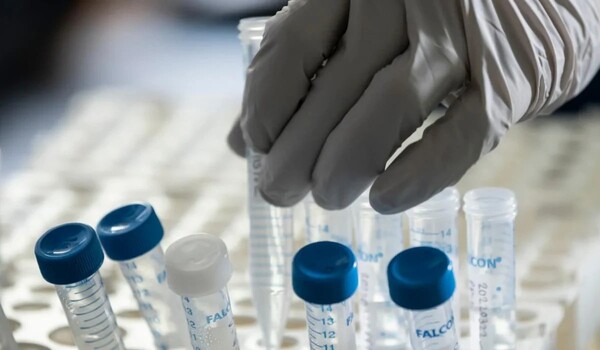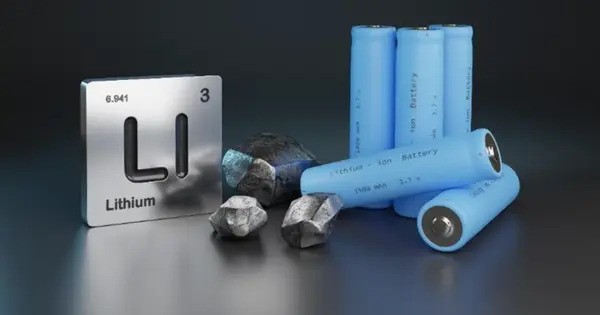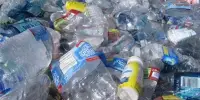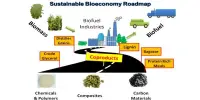Most batteries used in technology, such as smart watches and electric cars, are created from lithium, which travels around the world before reaching manufacturers. But what if over half of the lithium utilized in the United States was sourced from Pennsylvania wastewater?
According to a new research based on Pennsylvania Department of Environmental Protection compliance data, lithium from Marcellus shale gas well wastewater has the potential to fulfill up to 40% of the country’s needs if extracted completely efficiently.
According to Justin Mackey, a researcher at the National Energy Technology Laboratory and a PhD student in the lab of Daniel Bain, associate professor of geology and environmental sciences at the Kenneth P. Dietrich School of Arts and Sciences, researchers can already extract lithium from water with more than 90% efficiency.
Wastewater from oil and gas is a burgeoning issue. Right now, it’s just minimally treated and reinjected. But it has the potential to generate a significant amount of value. It’s been dissolving rocks for hundreds of millions of years – essentially, the water has been mining the subsurface.
Justin Mackey
The US Geological Survey classifies lithium as a critical mineral (albeit, as Mackey pointed out, lithium is an element rather than a mineral). The designation indicates that the United States government wants all lithium to be produced domestically by 2030, therefore the quest for sources has escalated. Currently, most of it is recovered from brine ponds in Chile. Then it’s shipped to China for processing.
There are lithium mining operations in the U.S., but, Mackey said, “This is different. This is a waste stream and we’re looking at a beneficial use of that waste.”
Finding lithium in the wastewater in Marcellus shale wasn’t a surprise: Researchers had analyzed the water recycled in hydraulic fracking and knew that it picked up minerals and elements from the shale. “But there hadn’t been enough measurements to quantify the resource,” Mackey said. We just didn’t know how much was in there.”

Thanks to Pennsylvania regulatory requirements, the research team was able to figure it out. They published their results in the journal Scientific Reports.
Companies are required to submit wastewater analyses for each well pad, and lithium is one of the compounds that must be reported, according to Mackie. “And that’s how we were able to conduct this regional analysis.”
Meeting 30% to 40% of the country’s lithium demands will bring the country significantly closer to the 2030 target. However, lithium-rich effluent can also be found outside the state’s borders. “Pennsylvania has the most robust data source for Marcellus shale,” Mackey explained. “But there’s lots of activity in West Virginia, too.”
The next stage in making use of this lithium is to determine the environmental impact of extraction and to set up a pilot facility to explore extraction methods.
“Wastewater from oil and gas is a burgeoning issue,” Mackey told reporters. “Right now, it’s just minimally treated and reinjected.” But it has the potential to generate a significant amount of value. He was right: “It’s been dissolving rocks for hundreds of millions of years — essentially, the water has been mining the subsurface.”
















